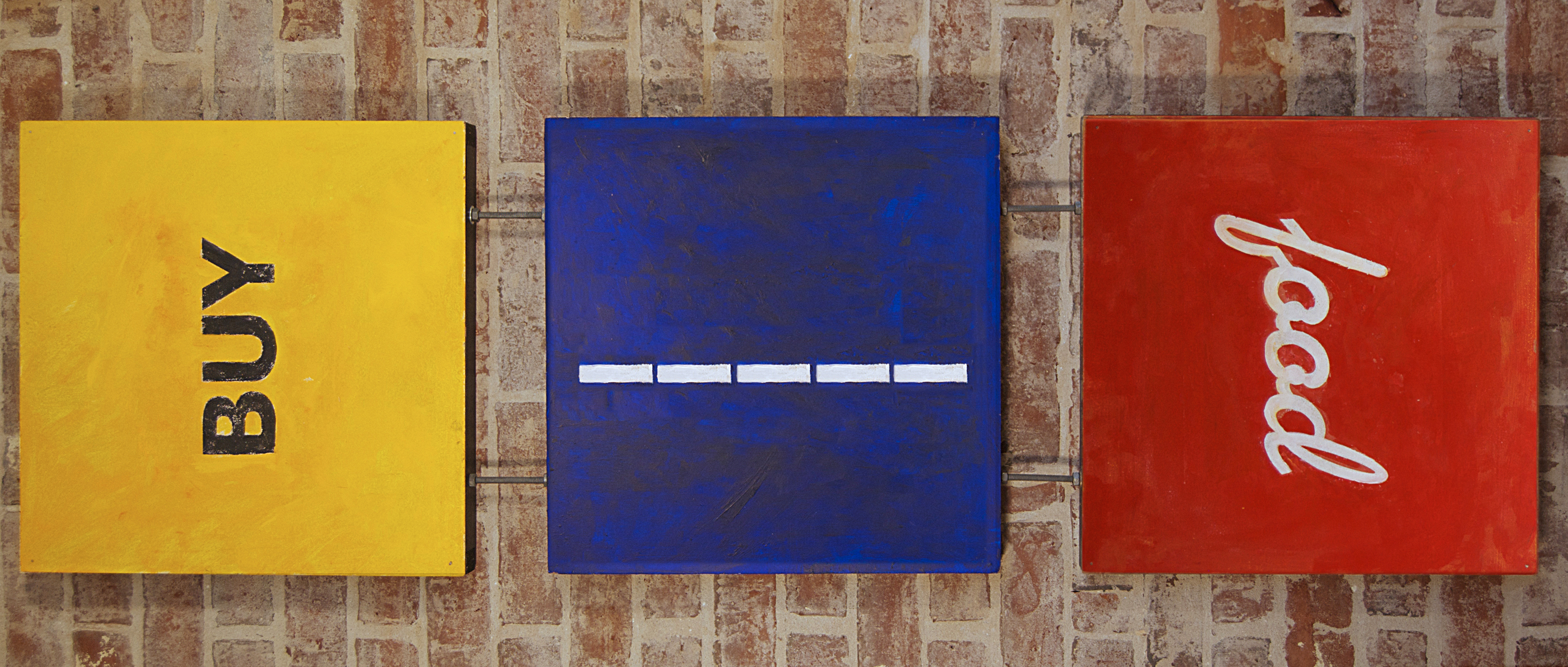Pick a brand diagram template and build a sustainable, thriving brand. Choose from the Maslow hierarchy of needs pyramid, the Greek temple with columns, frieze and pediment, the zen circle of life. Those three easily came to mind although I imagine I missed a few.
While these popular visualizations may be helpful in structuring the basic tenants of a brand, the resulting ‘brand platform’ can also miss the point entirely. Filling in blanks does not provide insight into how humans form engagement, and why. A completed diagram doesn’t predict behavior, build organizational culture or communicate ideas in ways that are memorable.
Why brand
Responsible business and non-profit leaders understand that in today’s highly competitive marketplace and media-rich society, paying attention to brand is critical. Consultants are hired, research is done, brand strategies are articulated and, more often than not, formatted into a simple diagram.
While brand diagrams are helpful for organizing key ideas on one page, too often they represent the end of the brand initiative. They may be used as a brief for design and marketing professionals to refresh the organization’s visual look and advertising but little changes in the way the organization or company engages with customers or each other. This is a significant missed opportunity.
It is time to move past formulas and diagrams and begin to more closely align brand with how humans form engagement and why.
The role of emotions
People respond when emotions are triggered. Striking graphics, beautiful photography, evocative words and expressive music get attention. We may think we respond logically to situations but we are learning from research that our first response to almost everything is emotional. Emotions not only influence initial responses, they are as important as logic in decision making. When we recognize that brand is something that employees and customers respond to emotionally with every interaction, it becomes clearer why logical brand diagrams are not the best tool for implementing brand strategy and why they too often languish, unused and unread.
Starting from inside
Building a strong internal culture is where strong brands begin. When everyone in a company or organization understands the brand’s core ideas and values emotionally, the ideas are reflected in the way people make decisions, work and communicate. A branded culture emerges.
Building a strong internal culture is not the same as navel-gazing, nor are the best brand cultures scripted. Instead of everyone saying the same thing, stakeholders and employees are guided by the core brand ideas and encouraged to express them in ways that are unique to their role and authentic to both the brand and their personality. It’s helpful to think of brands not as owned by a company or organization but as co-created, shared and nurtured by employees and customers.
Seeding a strong brand and internal culture begins with communicating the brand ideas in ways that evoke emotion. Distributing the brand platform diagram can support the internal launch but don’t rely on it to build excitement or engagement. Presentations, spirit-of-the-brand experiences and products are tools that can be used, as can storytelling workshops and online sharing platforms. The best tools depend on the size and type of organization or company, although all share the goal of having everyone, at all levels of the organization, develop an emotional connection to the brand idea.
“A brand must be seen, heard and felt by everyone that the company or organization touches.”
While you build a strong internal brand culture, launching a rebrand or brand refresh to customers and the public is also underway. Building awareness and engagement with new and existing customers is an ongoing process. By focusing on customer experience and lifestyle, evoking emotions, and creating meaningful experiences (and focusing less on campaign slogans and advertising) your brand becomes more relevant and feels more authentic. Delivering high-quality experiences and products builds trust. Emotional engagement, relevancy, authenticity and trust are critical to building loyalty and loyalty brings customers back. Repeat customers tell friends, share experiences and write reviews, carrying your brand further and faster into the hearts and minds of today’s media-savvy customers.
Conclusion in three bullets
- Initial responses are emotional and emotions, as well as logic, influence decisions.
- Beginning brand engagement internally is an investment that energizes brand ambassadors and reaps great rewards.
- Building relevancy, authenticity and trust through emotional engagement will carry your brand furthest and fastest.

